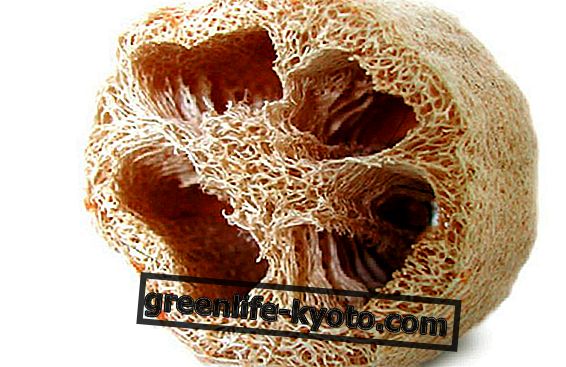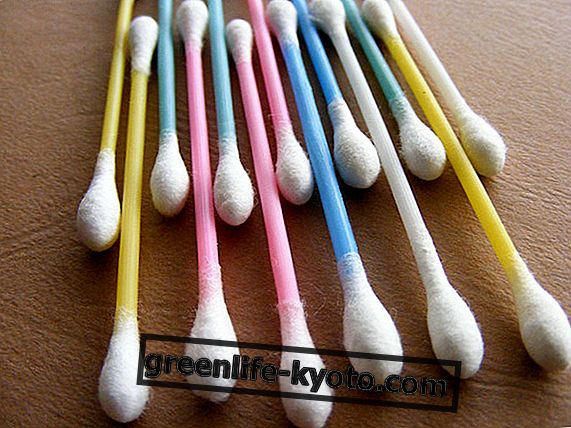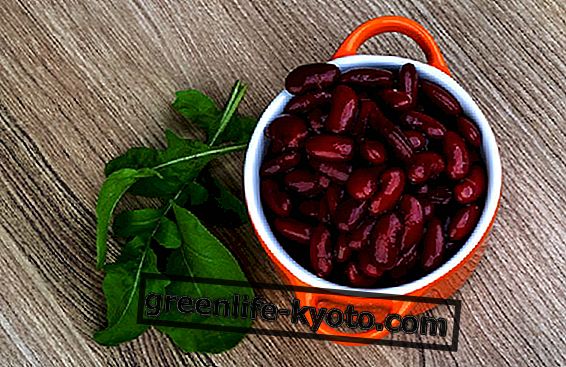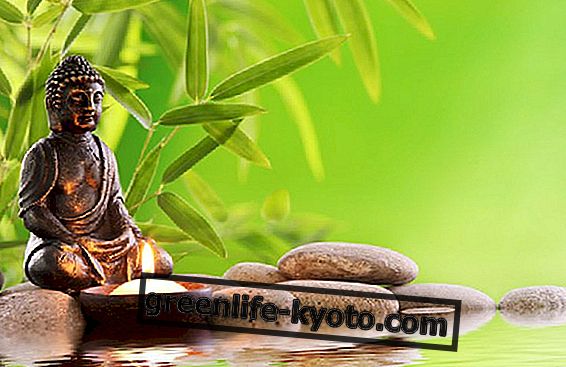The cherry ( Prunus avium) belongs to the Rosaceae family . Known for its anti-inflammatory and draining properties, it is useful against water retention, cellulite and in case of kidney stones. Let's find out better.

Properties of the cherry tree
The peduncles or petioles of the unripe fruits of the cherry are used against water retention and as adjuvants in the treatment of cellulite, for their marked draining properties, conferred by the presence in the phytocomplex of large quantities of potassium salts . In addition, the mucilage, tannins and phenols make the plant an effective anti-inflammatory remedy for the urinary tract, useful in the treatment of cystitis, urethritis and nephritis; and as a diuretic, to eliminate uric acids in the treatment of gout, kidney stones and gravel.
Method of use
INTERNAL USE
DECOTTO: 1 peduncoli cherry satin spoon, 1 cup of water
Pour the chopped peduncles in cold water, light the fire and bring to a boil. Boil a few minutes and turn off the heat. Cover and leave to infuse for 10 min.
- Cherry mother tincture: 40 drops in a little water three times a day between meals.
The cherry among the natural remedies for water retention: discover the others

Contraindications of cherry
Cherry is contraindicated in pregnancy and lactation. It can produce side effects in case of proven hypersensitivity to one or more components contained in the drug.
Description of the plant
Tree with a slender trunk has a pyramidal crown, with a more rounded age. The bark, when young, is smooth reddish and gray, it has horizontal bands with numerous elongated lenticels, also horizontal; with age it becomes dark red-brown. The leaves are slightly leathery, smooth, glabrous, and shiny. It has hermaphrodite flowers, long pedunculated, with green and glabrous calyx, composed of 5 sepals that fold backwards and corolla formed by 5 white petals spangled at the apex. The fruits are drupes that mature a couple of months after pollination, round about 1 cm, with epicarp when ripe, sweet juicy, edible and dark red in color, much sought after by birds ( avium means, " of the birds "), but also from mammals.
The habitat of the cherry tree
Originally from Asia and from the area of the Caspian Sea, it is cultivated as a fruit tree, but also lives in wild in the woods or on the edge of the fields, on the whole national territory.
Background
The Cherry itself is the Prunus avium; while the Amareno, also called Visciolo or Amarasco, is the Prunus cerasum, whose fruits are also called sour cherries and are made from a syrup, tasty jams, frequently used in confectionery and a liqueur known as sour cherries .
According to Pliny the Elder the Latin term Cerasos derives from the name of the city of Asia Minor Cerasonte from which Lucullus imported these fruits in the first century. This news was later denied by Pliny the Younger, who asserted that the plant was already abundantly cultivated in Gaul.
This hypothesis seems to be the most reliable, as archaeological studies have discovered findings of cherry seeds of prehistoric origin, confirming the thesis that these fruits arrived in Europe through birds, which are greedy and for this reason the plant is also known as Prunus avium (meaning "of the birds").
The medicinal properties of the fruits of the many varieties of cherry trees, as well as from Galen and Dioscorides, were also known to the doctors of the Scuola Salernitana (XI century) who reported in their texts "... if you eat cherries you will have great advantages because they purge you the stomach. The seed takes away the stones and their pulp will benefit your blood. "
Even the peduncles of the fruits have been, and still are, used as diuretics in folk medicine.













